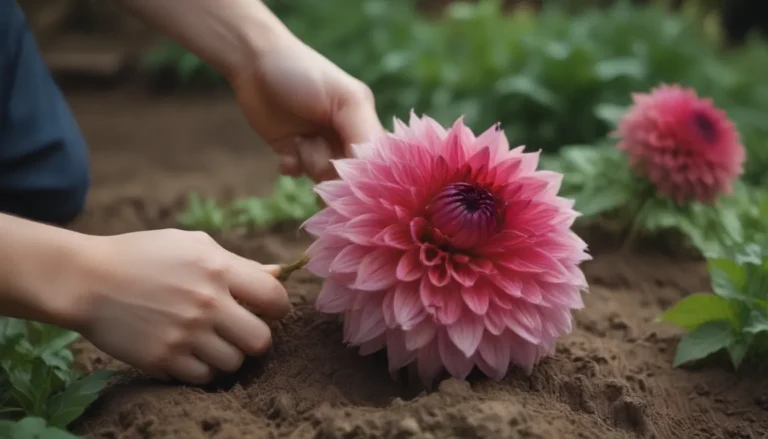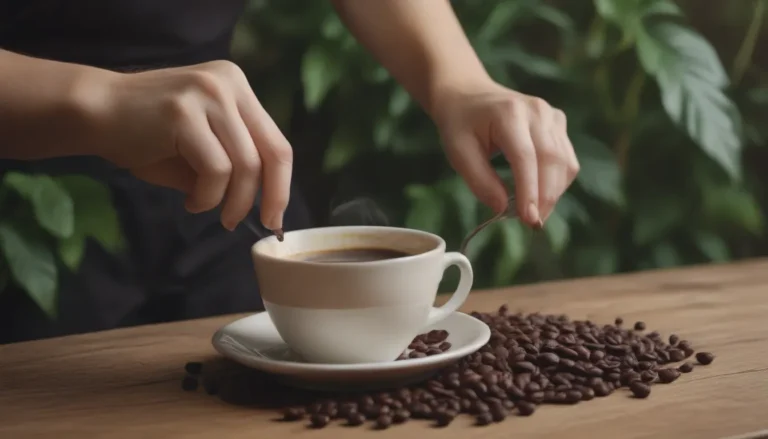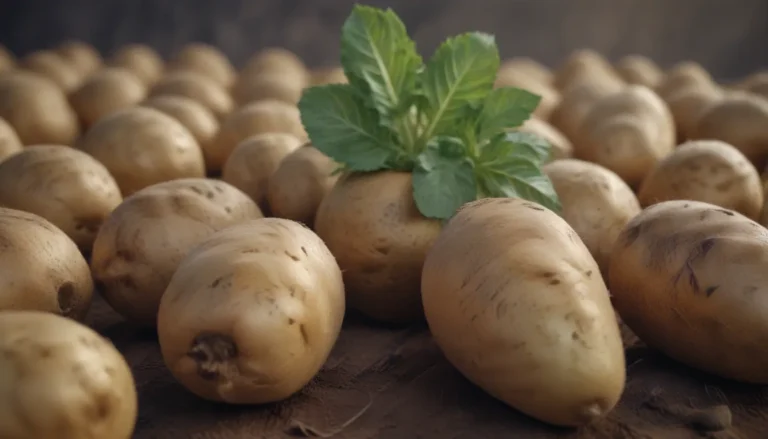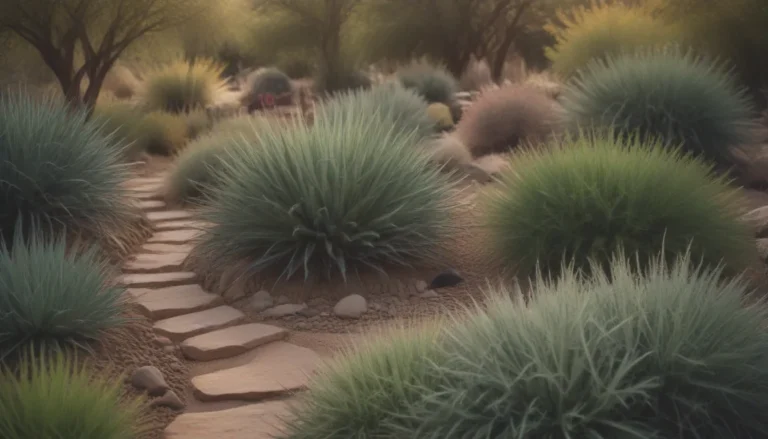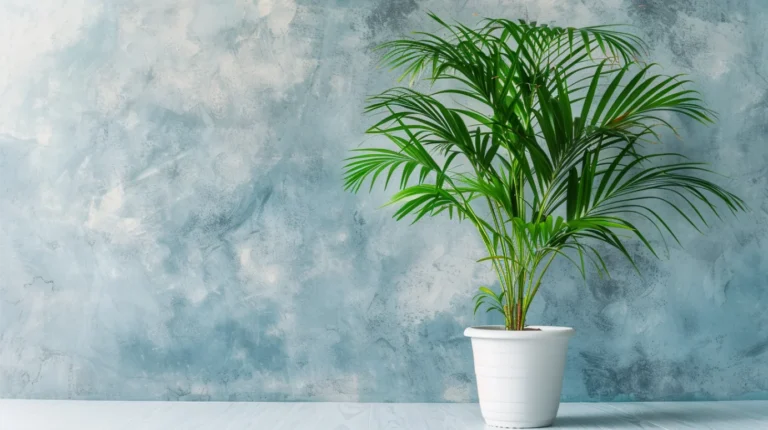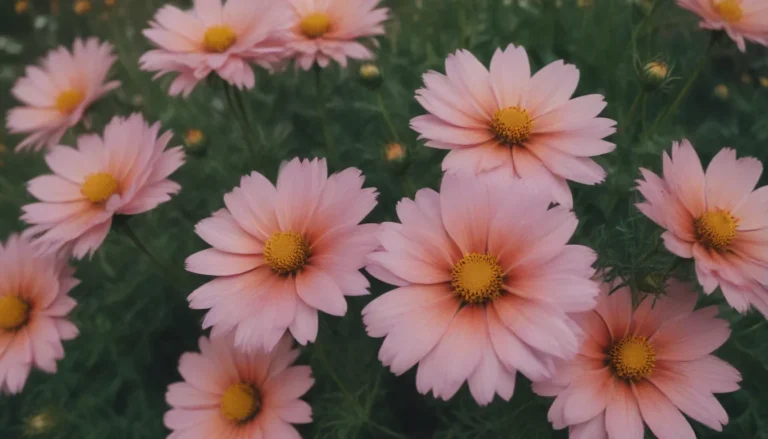The Ultimate Guide to Growing and Maintaining a Variegated String of Hearts

If you’re a plant enthusiast like me, you probably find growing unique houseplants like the variegated string of hearts (Ceropegia woodii var.) to be both enjoyable and rewarding. These tropical vines with their pink-and-green variegated, heart-shaped leaves can add a touch of whimsy and beauty to any indoor space. Not to mention, they can grow up to an impressive 13 feet long and produce charming pink trumpet-shaped flowers during the spring and summer months.
In this comprehensive guide, I’ll walk you through everything you need to know to successfully care for and grow a variegated string of hearts. From light and soil requirements to watering and fertilization tips, I’ve got you covered. So, let’s dive in and learn how to keep your variegated string of hearts thriving!
Variegated String of Hearts Care
Before we get into the nitty-gritty of caring for your variegated string of hearts, it’s essential to understand the basics. These plants are succulent or semi-succulent with a trailing growth pattern, making them relatively easy to care for. Here’s what you need to keep in mind:
Light
Variegated string of hearts thrives in bright, indirect sunlight. Aim for at least 4 to 6 hours of light exposure each day, ideally from a south- or west-facing window. If natural light is scarce, consider using grow lights to supplement the lighting conditions. Proper light exposure is crucial for maintaining the vibrant pink coloration in the foliage, so make sure to find the right balance to avoid scorching the leaves or causing them to revert to green.
Soil
When it comes to soil, opt for a well-draining mix suited for cacti and succulents. A blend of regular potting soil with additions like coco coir and perlite can create the right balance of moisture retention and drainage. Variegated string of hearts prefer slightly acidic soil with a pH range of 4 to 6.5.
Water
Watering your variegated string of hearts is relatively low maintenance. During the spring and summer months, water your plant once or twice a week, allowing the soil to dry out almost completely between waterings. These plants store water in their leaves, so be mindful not to overwater. Reduce watering frequency to once every two weeks in the winter months.
Temperature and Humidity
Variegated string of hearts thrive in temperatures between 65°F and 80°F, making them perfect for indoor environments. Avoid exposing your plant to temperatures below 41°F, as it can be detrimental to its health. Aim for a humidity level of 40% to 50% to provide adequate moisture in the air.
Fertilizer
Variegated string of hearts doesn’t require heavy fertilization. However, you can enhance blooming by feeding your plant with an all-purpose houseplant fertilizer once or twice during the growing season.
String of Hearts vs. Variegated String of Hearts
Before we proceed, let’s clarify the difference between the regular string of hearts and the variegated variety. The key distinction lies in the coloration of the leaves. While the regular string of hearts features dark green leaves with lighter green veins and occasional pink or purple hues, the variegated version boasts vibrant pink leaves with green centers. Both types share similar care requirements, but the variegated variety can be more challenging to maintain due to its specific light needs.
Types of ‘String’ Plants
If you’re a fan of the string-of plants, you’ll be pleased to know that there are several cultivars of Ceropegia woodii to explore. Additionally, other vining plants like the String of Pearls and Strings of Arrows offer unique foliage colors and shapes. Here are some common ‘string’ plants worth considering:
- String of Pearls (Senecio rowleyanus)
- Strings of Arrows (Ceropegia linearis ssp. woodii)
- String of Needles (Ceropegia linearis)
- String of Turtles (Peperomia prostrata)
- String of Frogs (Ficus pumila ‘Quercifolia’)
- String of Bananas (Senecio radicans)
How to Increase Variegation on String of Hearts
If you’re looking to enhance the vibrant pink coloration in your variegated string of hearts, providing ample sunlight is crucial. While you don’t want to expose the plant to direct sunlight for extended periods, ensuring it receives sufficient bright, indirect light can help maintain the desired variegation. Consider using grow lights to supplement natural light if necessary.
Propagating Variegated String of Hearts
Propagating your variegated string of hearts is a rewarding experience that can be easily accomplished through cuttings. Aerial tubers that form after the plant flowers can also be removed and replanted to propagate new plants. Whether you choose to propagate in soil or water, here’s how you can successfully expand your variegated string of hearts collection:
- Propagating in Soil: Insert detailed steps here
- Propagating in Water: Insert detailed steps here
Potting & Repotting Variegated String of Hearts
To ensure the continued health and growth of your variegated string of hearts, repotting every few years is recommended. Keep an eye out for roots growing out of the pot’s drainage holes as a sign that repotting is necessary. Opt for a container just slightly larger than the current one, filled with fresh potting mix, and repot during the plant’s active growth phase in late spring or early summer.
Common Problems With Variegated String of Hearts
Like any plant, variegated string of hearts can experience issues if not properly cared for. Here are some common problems and their solutions:
- Large Spaces Between Leaves: If your plant exhibits large spaces between its leaves, it may not be receiving enough light. Move it to a sunnier spot with at least 4 hours of daily bright indirect light.
- Fading Variegation: Faded variegation is often a result of inadequate light. Avoid direct sunlight, as it can cause the leaves to lose their pink coloration. Consider relocating the plant or using a grow light.
- Yellowing or Wilted Leaves: Yellowing leaves indicate overwatering, while wilted foliage may signal a need for more water. Allow the soil to dry out between waterings to maintain the plant’s health.
In conclusion, growing and maintaining a variegated string of hearts can be a gratifying experience for any plant lover. By providing the right conditions in terms of light, soil, water, and temperature, you can enjoy a lush and vibrant addition to your indoor garden. Remember to monitor your plant regularly, address any issues promptly, and enjoy the beauty of your variegated string of hearts as it thrives and flourishes in your care. Happy gardening!
